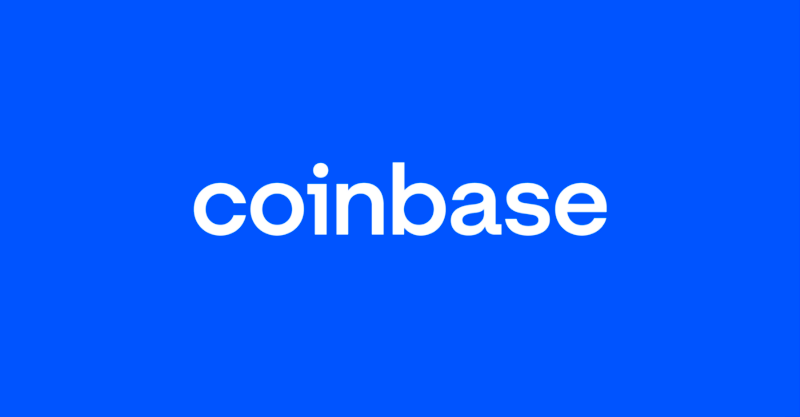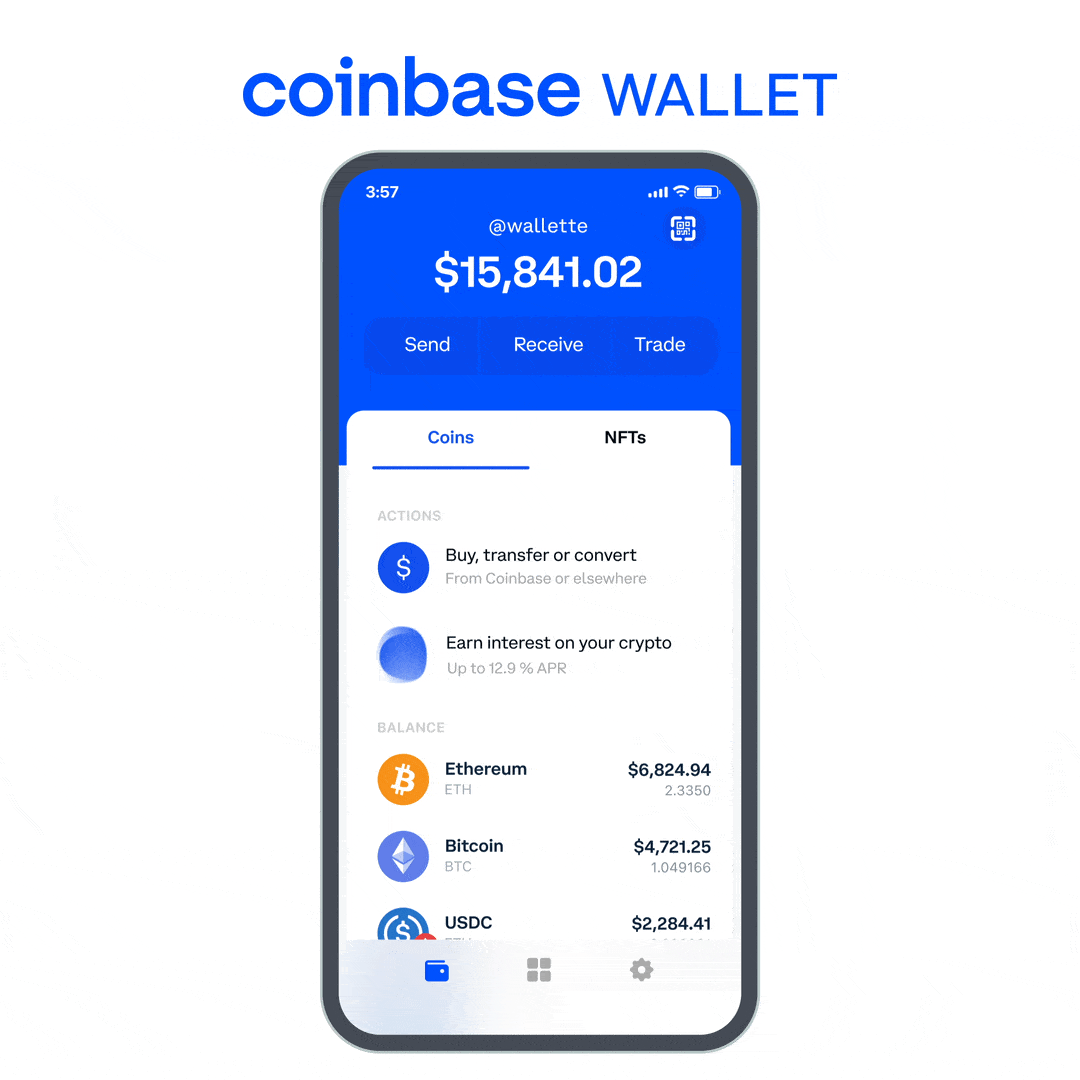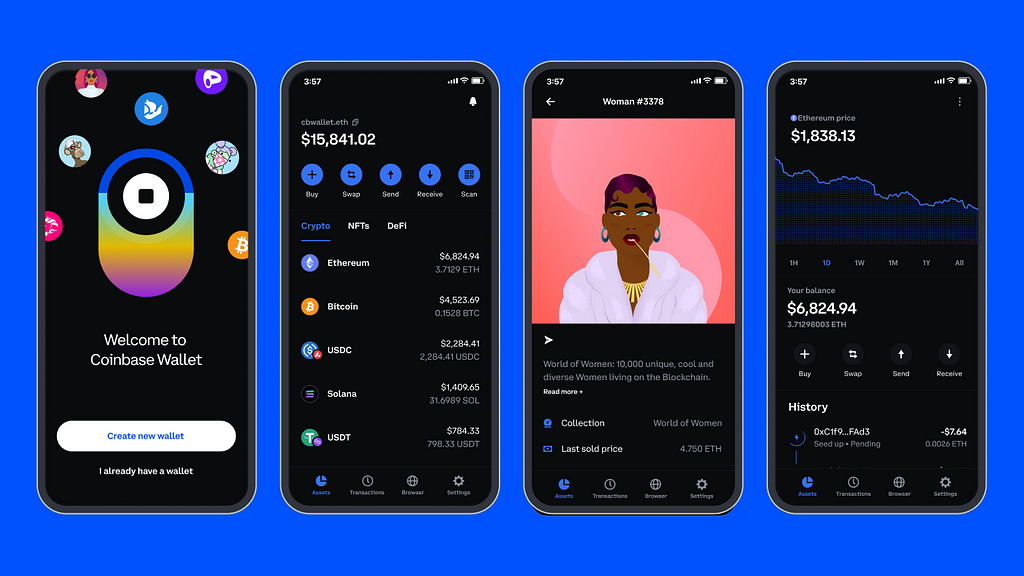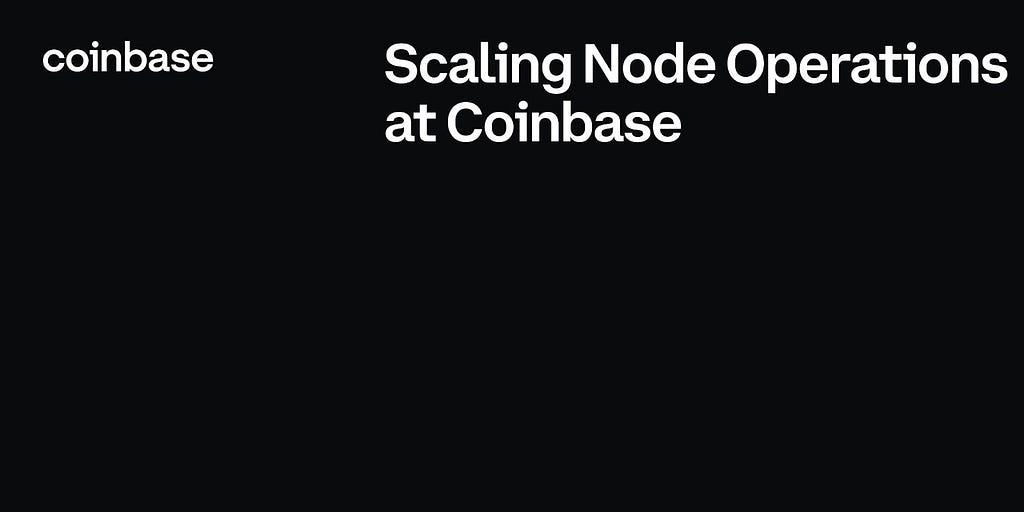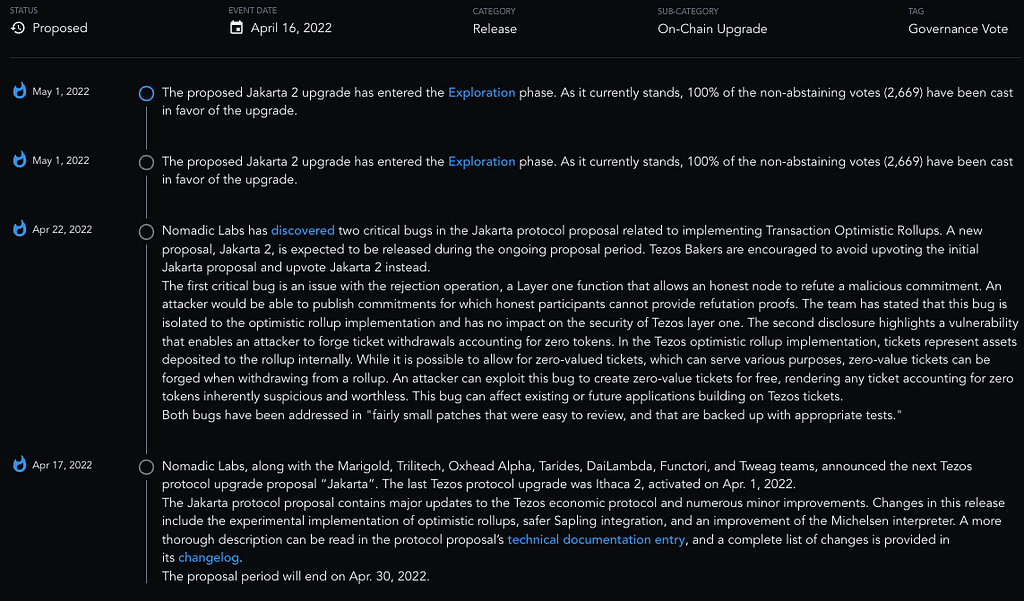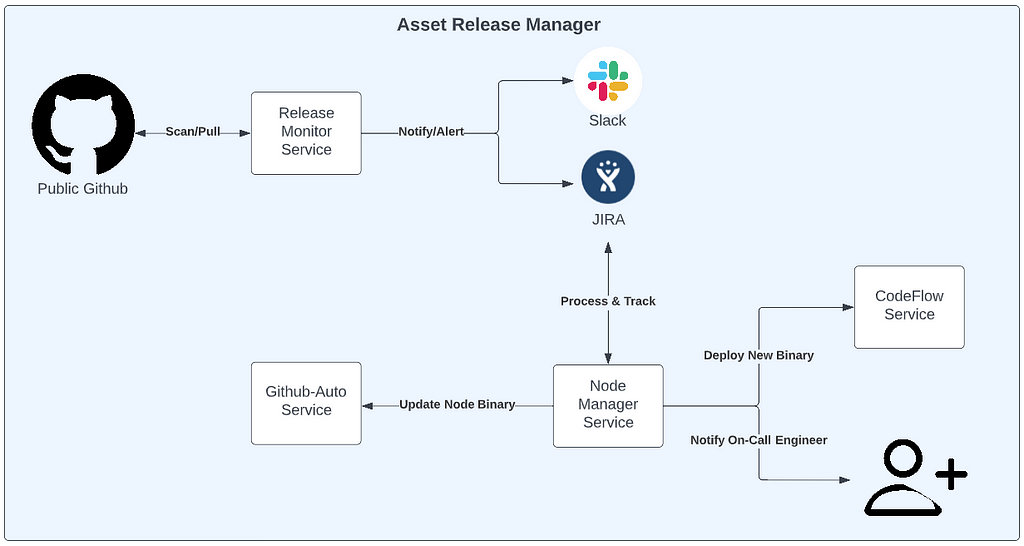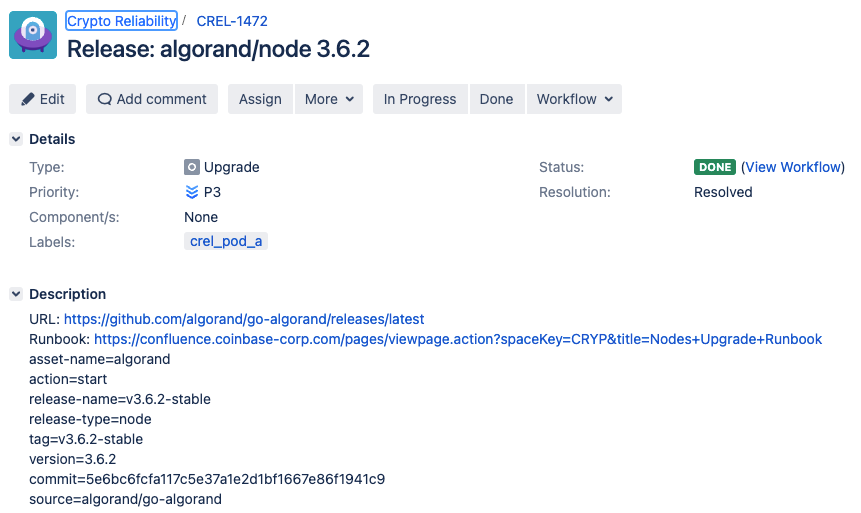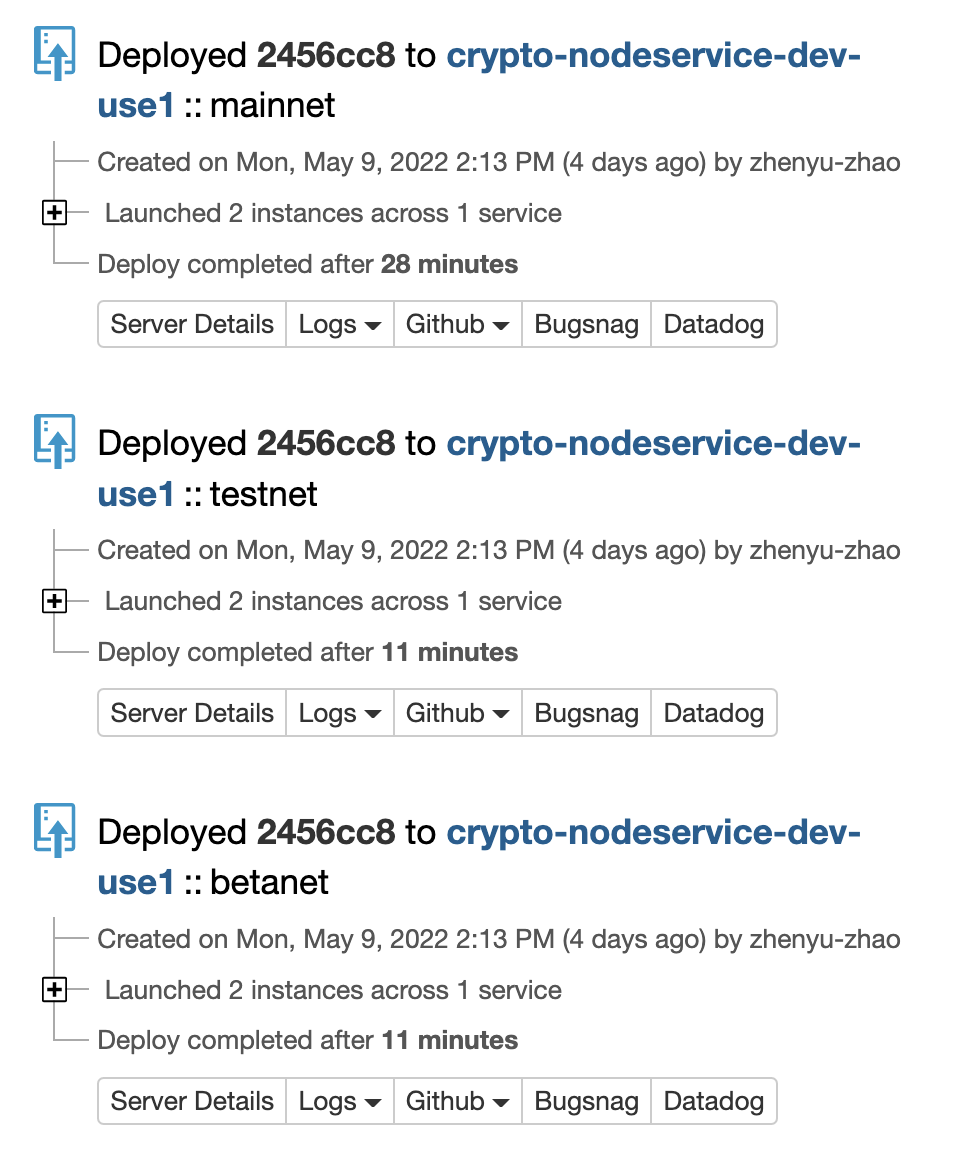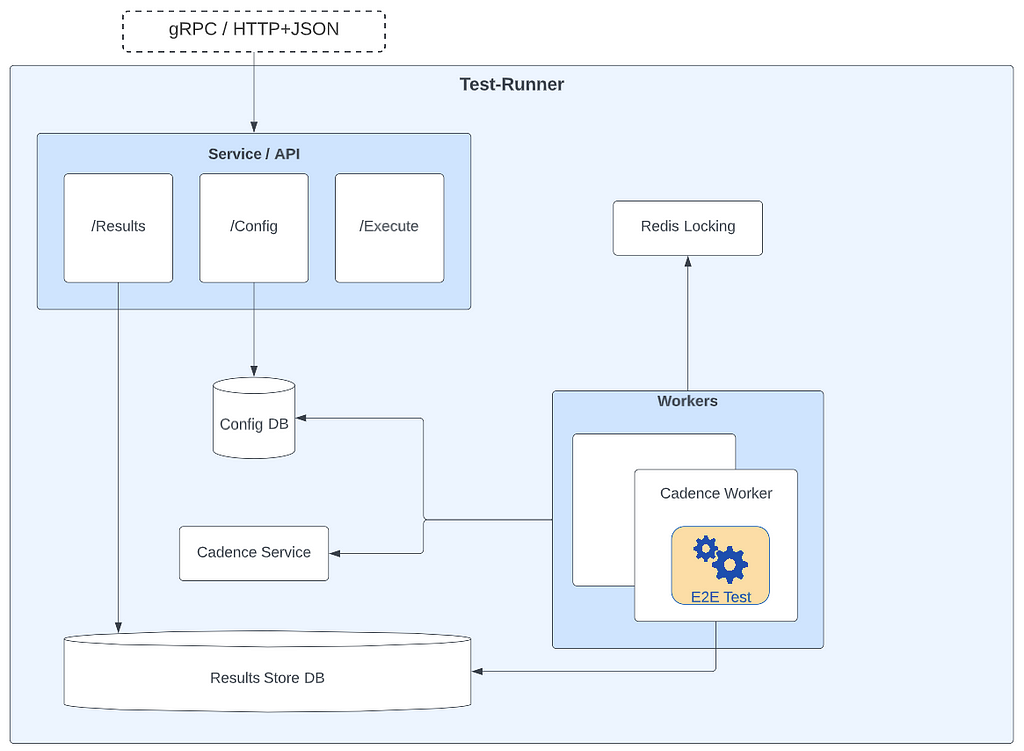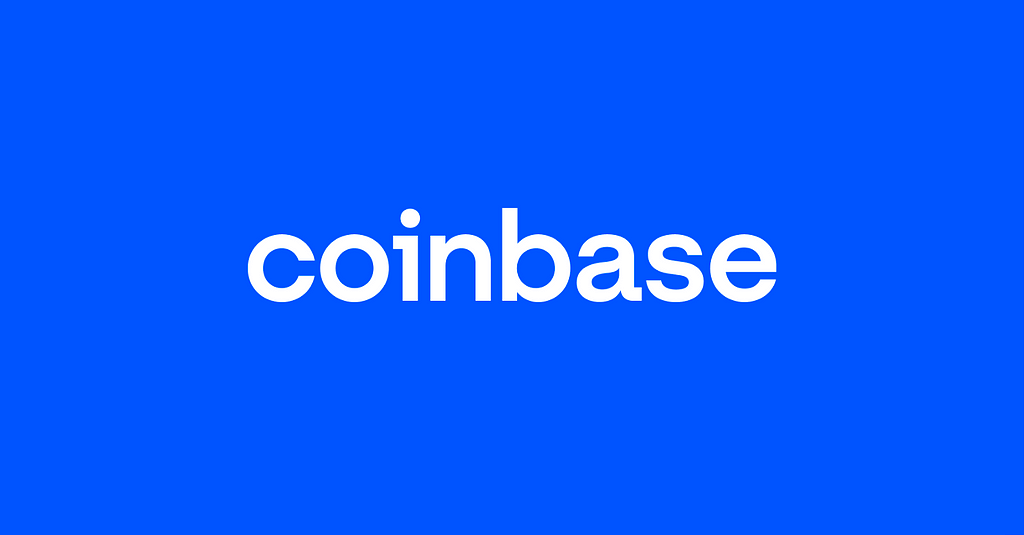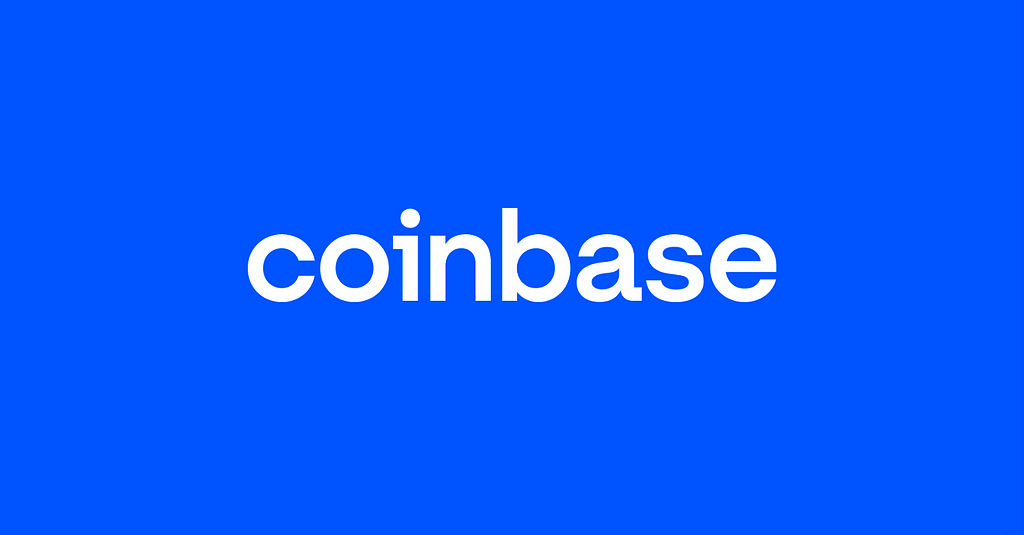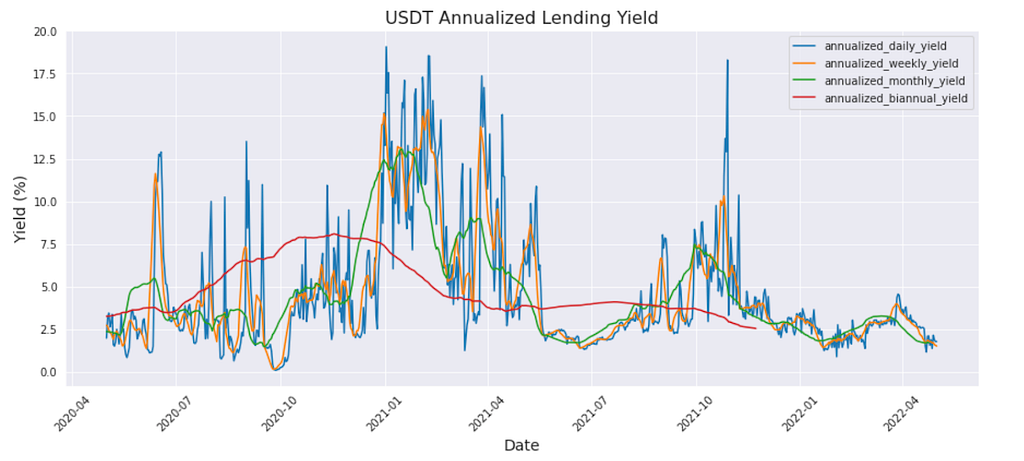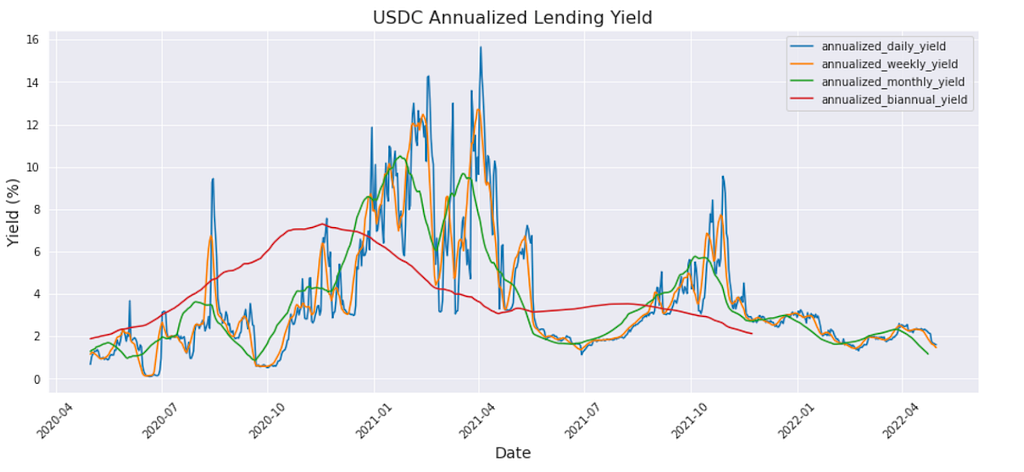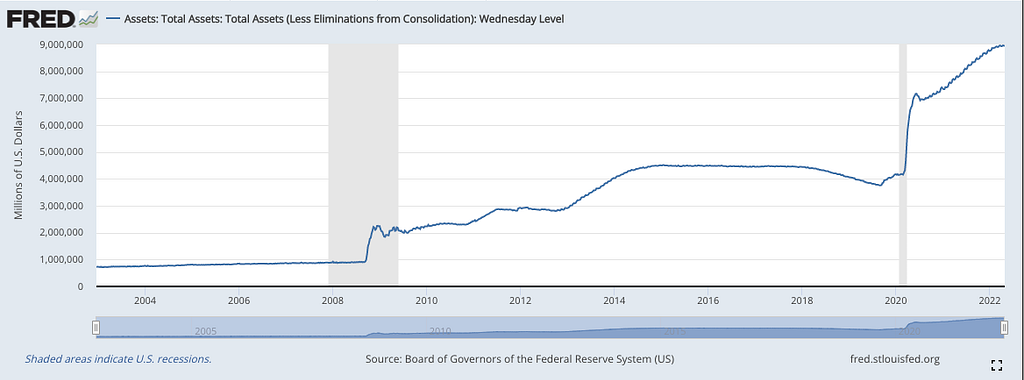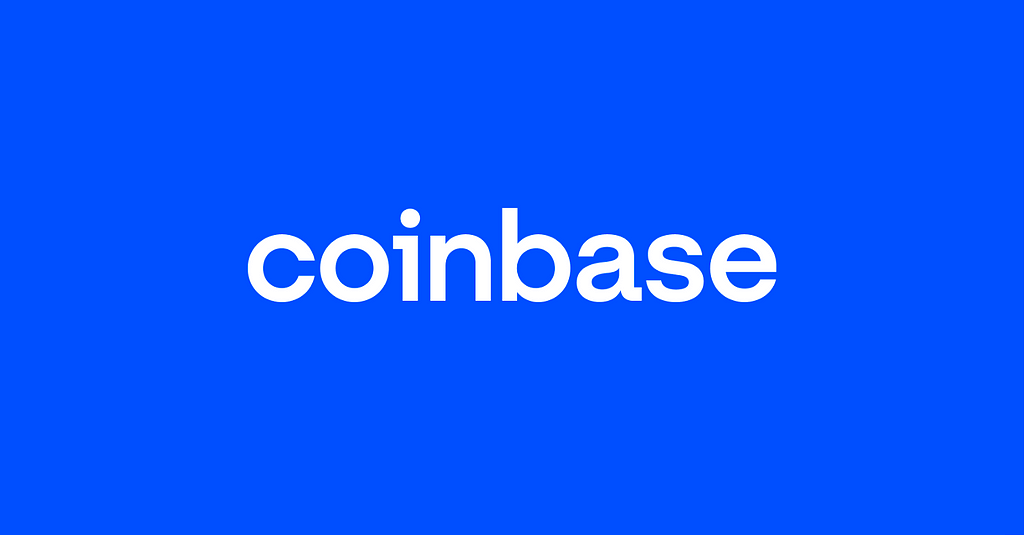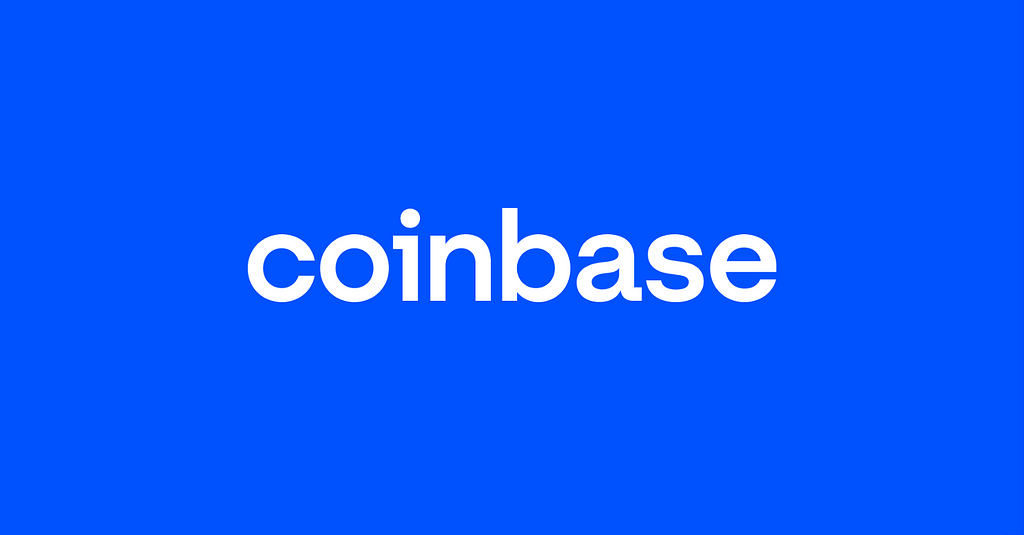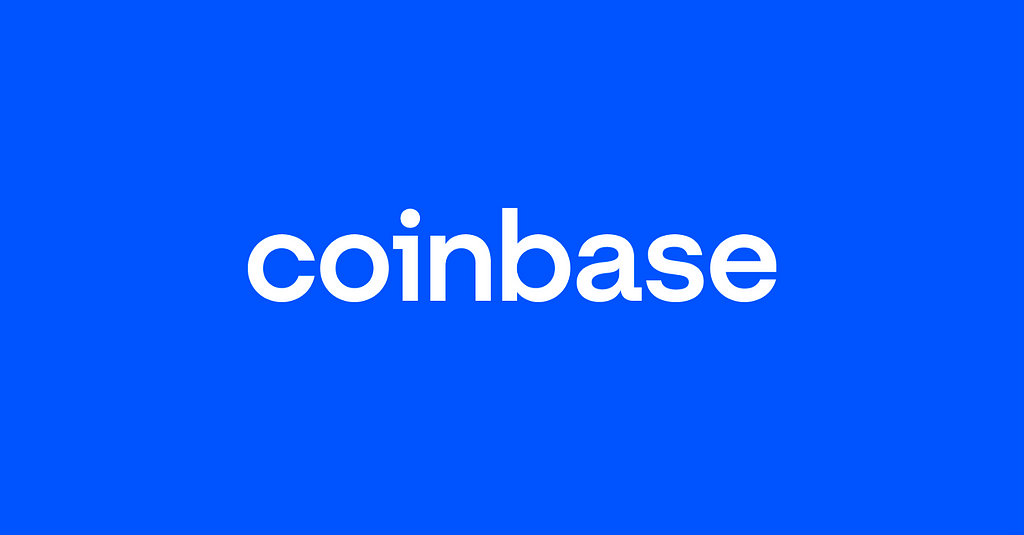TL;DR: We’re providing developers with an open-source starter kit that can be used to kickstart dapp development for NFT minting sites. Happy building!
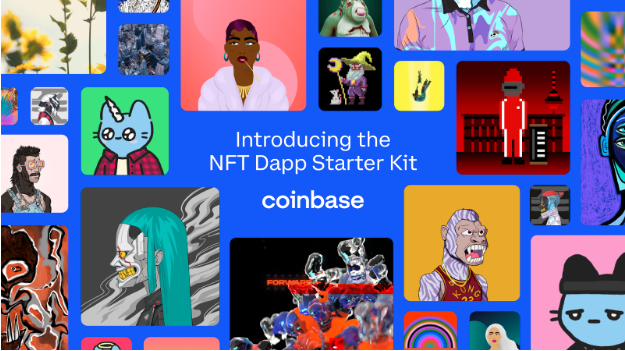
By JM Cho, software engineer for Coinbase Wallet
Last year, the NFT market experienced its best year yet — generating over $23 billion in trading volume with a floor market cap of $16.7 billion for the Top 100 NFT collections. With demand growing, NFT minting sites quickly became one of most popular types of dapps built in the crypto space. In comparison to projects launched on marketplaces like OpenSea, custom minting sites offered projects the ability to provide their community with a customized minting experience and retain full control over their distribution timeline and royalties.
For the teams behind these projects, creating an NFT minting site creates an opportunity to showcase their engineering capabilities, share important details about the project, and more deeply engage their community. However, the resulting demand for web3 developers who can ship end-to-end NFT minting experiences has far outpaced the number of resources that can teach how to build these dapps from scratch.
Enter: Coinbase’s NFT Dapp Starter Kit.
https://medium.com/media/c7c0d38a3921a589301f60611a8b6c53/hrefThe NFT Dapp Starter Kit reflects Coinbase’s commitment to empowering developers by making it easier and faster to build for web3. This open-source kit embraces the collaborative nature of web3 by enabling developers of any level to easily launch new NFT projects. Compatible with both the Ethereum Mainnet and EVM-compatible chains, this resource will be particularly helpful for those who want to create a full-stack NFT project but lack experience writing Solidity or integrating a smart contract to a front-end.
Features included in this starter kit:
- Frontend web app integrated with a gas-efficient, audited ERC-721 smart contract
- Built-in multi-wallet modal to enable users to easily connect to your minting site with Coinbase Wallet or other major self-custody wallets
- NFT minting front-end component that allows users to specify mint number
- Explorer to view minted collection and tokens owned by connected user
- Gas-efficient pre-sale feature using merkle tree allowlists
- Token art pre-reveal feature and scripts to make this process seamless
- Support for Royalties on NFT transfers (EIP-2981 standard)
- Ability to reserve tokens for gifting or airdrops
- Art engine to create generative artwork and metadata with built-in examples
- Easy-to-run scripts to simplify various NFT contract interactions
- Hardhat unit tests to ensure correctness of contract
- Clear documentation and walkthrough tutorial of the kit and how to use it
Check out the NFT Dapp Starter Kit on GitHub and watch the video tutorial for instructions on how to start building your dapp. As always, we welcome your feedback or ideas in the Github repository for our team’s consideration and look forward to hearing from the community.
Happy Building!
Introducing our NFT Dapp Starter Kit for Developers was originally published in The Coinbase Blog on Medium, where people are continuing the conversation by highlighting and responding to this story.


